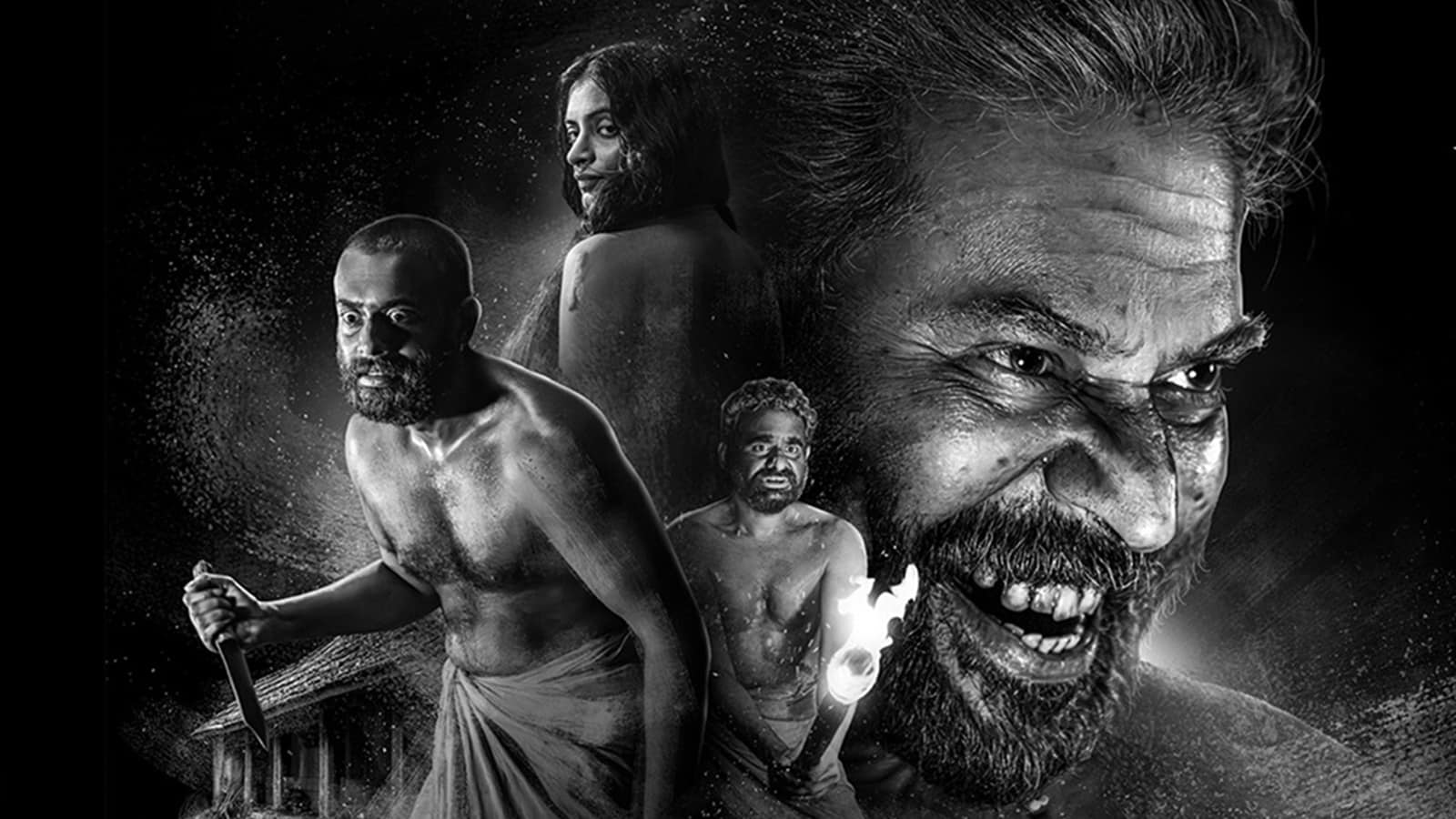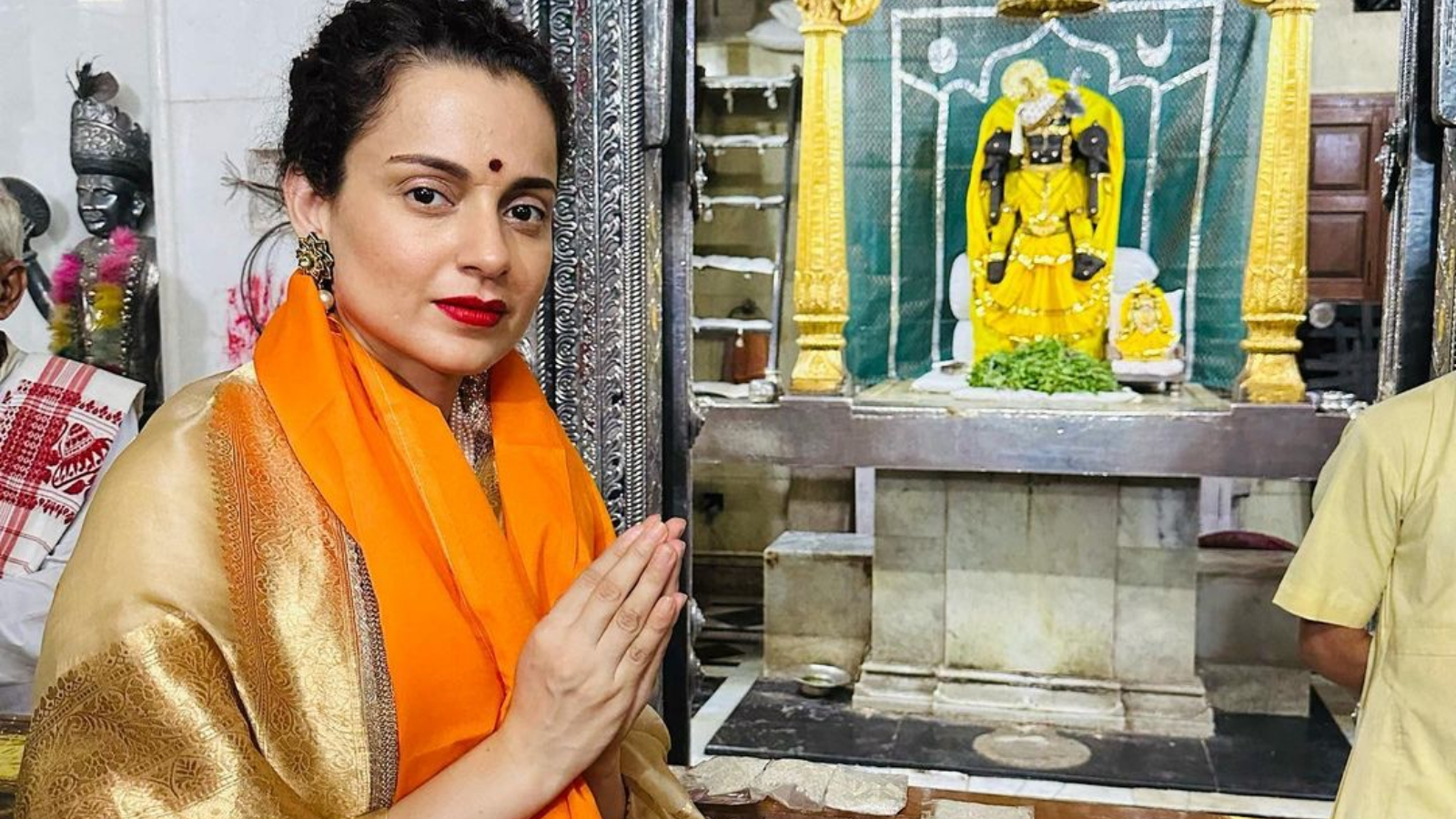The boom of over-the-top (OTT) platforms has provided a vast universe of content to viewers in India. These media streaming services enable viewers to curate their personalised film and television content. Unlike traditional media (press, television, radio, and films), OTT content is not regulated as they sign onto a self-regulatory code of best practices under the aegis of the Internet and Mobile Association of India (IAMAI). In the absence of any official government policy, these platforms also provide more space for diverse socio-political content, such as feminist cinema for instance.
In a recent interview to The Hindu, filmmakers Anurag Kashyap and Vetrimaaran discussed the contrast between OTT platforms and theatrical films. They said that there are multi-fold pressures that come with theatrical films such as censorship, stars’ unwillingness to do anything political for the fear of backlash, the budget, among others factors, which in the case of OTT platforms, are absent. These platforms have provided an alternative medium where the storytellers do not have to be constrained by two and a half hours of screen time. This kind of nuanced storytelling has allowed the audience to engage with the content in modular ways. Additionally, there has been a tangible room created for female actors whose presence has been increasing on such platforms with more stories being written for them in the form of feminist cinema.
This kind of nuanced storytelling on OTT platforms has allowed the audience to engage with the content in modular ways. Additionally, there has been a tangible room created for female actors whose presence has been increasing on such platforms with more stories being written for them in the form of feminist cinema.
Also read: Womxn-Driven Shows & Films: Are There Still No Takers?
A lot of such feminist cinema and content also explores the relationship between variables such as sexuality, religion, and politics, which are otherwise taboo topics in Indian cinema. In addition to that, there has also been a paradigm shift away from women being reduced to their physical appearance and to their relationship with the male protagonist. The new-age woman on the (OTT) screen is not just in the lead in such feminist cinema and content, but is also breaking away from her prescribed reproductive roles in family dramas or the usual saas-bahu repertoire.
Audience is increasingly engaging with feminist cinema, series and films like It’s Not That Simple, The Trip, Girls Hostel, the Test Case, amongst many others, that are thought-provoking and represent the gendered nuances in our everyday lives. While the supply side of the content is trying to venture into the multi-faceted nature of a woman’s life and its portrayal on the screen, there are other developments that are taking place on the demand side of it as well.
There are corporations that are collaborating with relevant networks to go beyond simple customer acquisition and bringing in an emotional connect with a diverse range of consumers. For example, in July 2019 ALTBalaji partnered with SHEROES, which is one of the largest social networks for women to grow its engagement with women consumers who form 55 percent of its viewership. This partnership is aimed to bring women-oriented narratives into the mainstream through conversations and campaigns that encourage the female audience to discover feminist cinema and content that revolves around contemporary issues pertaining to gendered relations.
With the task of telling women’s stories through feminist cinema, comes the responsibility of representation that is devoid of the male gaze. Film theorists have endlessly examined the relationship between cinema and society in order to examine whether cinema is merely a reflection of society, or whether cinema creates new ideologies in society. A film or a series is a coded message that is both indicative of its surrounding culture and the creator of new meaning. Cinematic narratives that are arguably one of the most impactful media texts, can thus be used for positive transformations, especially with respect to contemporary issues of social justice.
The task of feminist cinema is to deconstruct the nature-nurture discourse and demonstrate the ideological construction of that term ‘feminist’ cinema. The historic reading, writing and filming of the female body in cinema is aimed at maintaining hierarchy along the lines of biological sex. It is this traditional gender classification assumed by the male gaze that the feminist cinema has the potential to resist so that intersectional gender experiences can be accommodated in these narratives.
A recent article in the New York Times suggested that consumers (especially from Gen Z) care about the ethics of ‘behind-the-scene’ practices. Therefore, the modern-day expectation from content makers is to comment on the seismic cultural moments concerning sustainability, social justice, police reform, etc. The same goes for feminist cinema or content makers who include feminist elements in their content, to not just comment on the issues pertaining to gender equality, but also use the same value framework for reflective exercises such as examining whether their behind-the-scenes practices are gender-friendly or not.
Also read: 10 Feminist Films Of 2019 And The Hope For Better Films
The recent Netflix movie Bulbbul is one such example. While the movie was being hailed as a feminist fairytale, there was very little research that was done by the makers of the topic of witch-hunts in India. Despite the movie passing the Bechdel test, which is a measure of the representation of women in fiction, the critical question to be asked is that when a filmmaker uses terms like chudail and daayan to further the plot of a movie, can these terms be absolved of their politics? As per India’s National Crime Records Bureau, more than 2500 people were tortured and killed in witch-hunts between 2000 to 2016, most of them being women. There are special acts such as the Prevention of Witch (DAAIN) Practices Act, 1999 in states like Bihar, Jharkhand, and Chattisgarh to prevent violence against women by means of witch-hunting.
It may be argued by some that the storyline in itself was such that these terms chudail and daayan that have been used to oppress, exploit, and abuse women for centuries were reclaimed by the character in the movie. However, the way in which Bulbbul dies, in the end, is similar to how women who are accused of practising witchcraft are burnt alive in various parts of the country. Just like other examples of feminist cinema like Maatr, Mom, Mardaani, Bubbul also ends up avenging the man who rapes her and other men in the village who abuse and exploit women. When making feminist cinema, especially in India where films hold tremendous power to envision a new, ungendered society, it is imperative for a filmmaker to understand the thin line between feminist resistance and criminality. If you look at the history of women’s movement in India, they were women who were methodically advocating for due process and policies for custodial rape of Mathura and then so on and so forth.
The brand of feminism that we see today in feminist cinema is commodified and being served as a bite-size appetiser leading to various sections of women being underrepresented and excluded from the process of telling their own narratives.
In times like these, where ‘the future is female’ is being used as a marketing tool, it is important that there is a well-researched representation of issues related to women as well as the characters of womxn. The brand of feminism that we see today in feminist cinema is commodified and being served as a bite-size appetiser leading to various sections of women being underrepresented and excluded from the process of telling their own narratives. This results in a wheatish complexioned Bhumi Pednekar playing the role of a dark-skinned girl with her blackened face in Bala, a Punjabi Priyanka Chopra Jonas playing the role of a North-Eastern athlete with her taped eyelids in Mary Kom, an able-bodied Kalki Koechlin playing a woman with cerebral palsy for Margarita with a Straw and an upper caste Sayani Gupta playing the role of a Dalit girl in Article 15.

This kind of appropriation is similar to how Frida Kahlo has been embraced by white feminists in the Western world. Instead of discussing her ethnicity, her disability and her principles, there is a nicer, lighter reimagination of her that is free of radicality and hardship. This ultimately leaves her inaccessible to minority groups while simultaneously allowing privileged people to embrace her without having to come into conflict with aspects of her that contradict their behaviours.
The present-day commercialised version of feminism in so called feminist cinema makes it palatable to the masses, but removes the crucial things that make women-centric issues and storylines engaging and thought-provoking. In that, when filmmakers come in with half-baked storylines and appropriated identities of women, they become complicit in silencing the very voices that they seek to amplify.
Sumati Thusoo is a Research Author at the Department of Sociology at Monk Prayogshala, a not-for-profit research organization based in Mumbai. She is a trained feminist social worker and a development practitioner who has worked in the areas of gender justice, child rights, anti-trafficking and migration. She can be found on Facebook, Twitter and LinkedIn.




